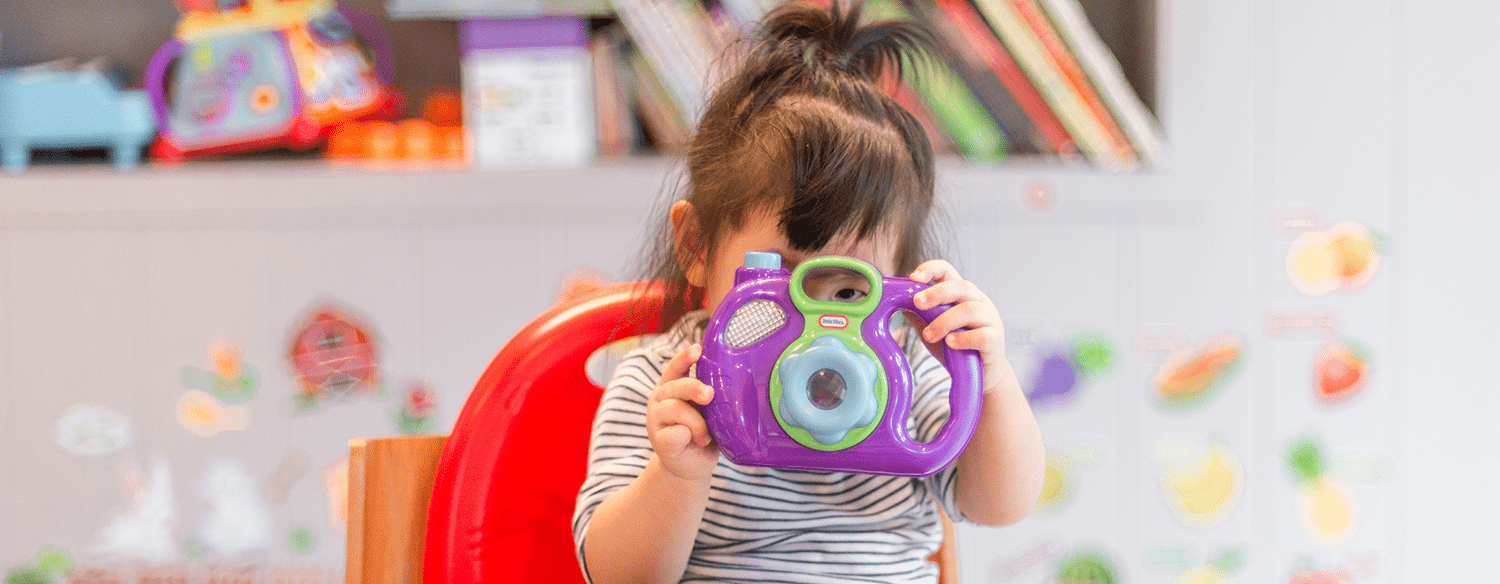
Parenting Assessment Promotes Partnership with Parents Seeking Help
From the Voices in the Field Series, Yolanda Beltran explains how assessing parenting helps her partner with parents in her services to families and provides an example.
Guest Post
By Yolanda Beltran, ASW
First 5 Program of Catholic Charities Santa Clara County, California
Families are referred to our Program from Santa Clara County’s Mental Health Call Center, Self Referral, and Pediatricians. Based on an initial evaluation, which includes a KIPS parenting assessment, families are offered Therapeutic or Home Visiting Services. Families with trauma, emotional or attachment issues are offered therapy, while families needing primarily parenting support are offered home visiting. We serve a very diverse set of multicultural families with children 5 years and under, that qualify for Medicaid.
Beyond assessing parenting to decide which services to offer, KIPS is one of the tools used in goal planning with families. The three groupings of KIPS items, Building Relationships, Promoting Learning, and Supporting Confidence provide a guide for our service planning. The parenting assessment gives us more comprehensive insights into the parent-child interaction, pointing to distinct behaviors upon which we can focus our goals. It helps us see things we hadn’t noticed before we started using an observational assessment tool.
In working with families we first invite the parent to watch the video during a home visit and reflect on how she or he did on each of the 12 behaviors. We give the parent the list of the 12 KIPS items to use while we are watching the video (available in English or Spanish in the KIPS Library). Through our conversation we identify his or her strengths, and most often we can agree on a behavior that needs work as a goal. Then we use the KIPS Reflective Questions and Activities Chart (available in the KIPS Library) to guide our work together. When the family has made progress on one goal, we can then move on to the next behavior we agreed on.
What I really enjoy about using a parenting asssessment tool is seeing how the families improve, and that parents can recognize and reflect on their gains. We’ve had positive reaction from parents about the parenting assessment process, mostly because of the way we get them involved in assessing their play interactions along with us.
Angie and Dad’s Story
One memorable story involves Angie, age 4 years, who currently lives in two different household living environments because her parents are divorced. Angie’s father has recently started seeing his daughter on a regular basis every other week. Prior to these arrangements, Dad had not been in Angie’s life consistently. He has remarried and now has a new child with his new wife. Dad is seeking services because Angie tends to cry for her mother when visiting her father.
Angie is struggling with adjusting to the dramatic changes in her life which include having a new baby sister and transitioning to the new living arrangements. Through the initial evaluation process it was determined that Angie and her family could benefit from therapeutic services.
How did parenting assessment help?
When working with Angie and her father, KIPS played an important role in identifying which parenting behavior to focus on. While observing the video with Angie’s father, we found Dad scored high in the four Promoting Learning items, but low in the five Building Relationships items. We worked together with Angie’s father using the KIPS reflection questions to identify which area of concern to focus on. We found that focusing on building a bond and a more responsive connection with his daughter would be most effective in establishing a stronger relationship. After identifying the need within the family, the KIPS Activity Chart was helpful, because it identified and reminded Angie’s father of certain concepts to practice each week to support and strengthen his relationship with his daughter. Assessing parenting guided our work together in helping Angie’s father build that bond he was seeking.
